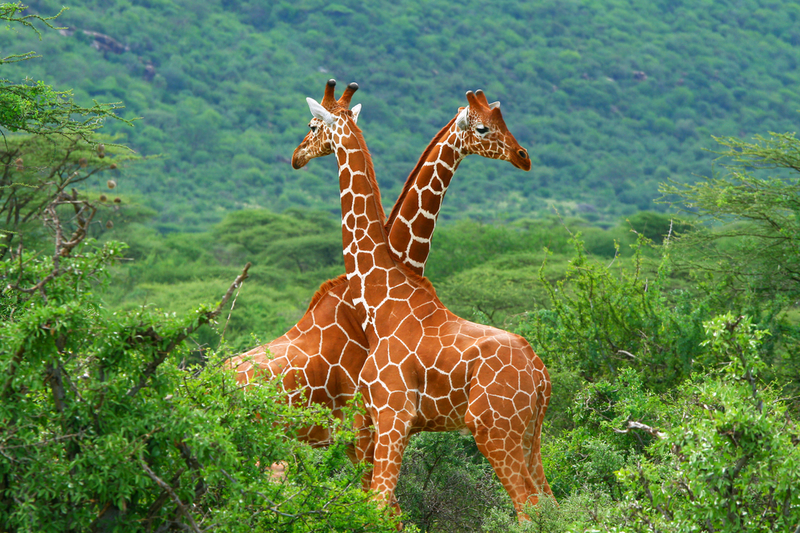- Home
- Attractions
- All Attractions
- ATTRACTIONS PROFILES
Wajir Museum
The Wajir Museum was officially open on 19th April, 2011.The main objective of this museum is to give you a glimpse of the rich cultural, historical and natural heritage of Northern Kenya and its interaction with the world. The Wajir Museum houses an exhibition that reflects traditions and the customs of communities living in this Northern part of Kenya.The theme of the exhibition is "A Window to Northern Kenya". It is a part of initiatives to open up Northern Kenya to the tourism industry forming a part of the tourist attractions that will offer distinctive products in the region.
History of Wajir
Wajir was occupied in 1912, to prevent the Boranas from being driven away from the Wells which originally belonged to them by other tribes. British Officers arrived at Wajir in 1913.
In 1921 the military took over the administration of the district until September 1925, when it reverted to civil administration in 1928, the boundary was shifted North of Modo Gashe to the line of Uaso Nyiro and Lake Dera. unitl 1917, Bulsesa was a sub-district of Wajir but in 1918, Wajir became a district of its own.
The headquaters of Wajir was evacuated in 1940 during the Italian invasion. save for that period, Wajir has remained a full district since 1918.
Communities of Northern Kenya
The following nine communities form the northern part of kenya: Borana, Rendile, Turkana, Elmolo, Pokot, Samburu, Somali, Dasanach and Gabbra. They live a nomadic way of life in a semi arid environment which supports camel, cattle, sheep, goats and donkeys.The Elmolo are fishermen while the Dasanach prectice agro-pastrolism.
Accesibility: Road, Air.
Attractions
Wajir town is a host to several other Sites and Monuments among them the Wagalla Massacre Site, Yahut dam, Shaletey wells, monumental buildings, the british bunkers and Orpahey wells.
Historical Sites:
- Old homes build by Italian Prisoners
- Old court house
- British/ Italian War Bunkers
- Orahey wells
-
Art Gallery
-
Community Tourism
-
Cultural Museum
Olorgesailie
Located along Magadi road, an hour's drive and 70kms away from Nairobi,Olorgesailie pre-historic site is world renown as the "factory of stone tools" and the only place in the world with the largest number. The prominence and accumulation of human tools represents actual camping places of early men and evidence that human species had a tropical origin. The site is in a lake basin that existed about 100,000 to 200'000 years ago.
Researchers, Dr. and Mrs. Leakey, started investigations on the site in 1942 where they found important evidence that concerns the habits and activities of early prehistoric peoples of the Acheuleus or "Hand axe" culture. Olorgesailie has excellently preserved biological and cultural evidence about the evolution of man.
This was made possible by heavy falls of alkaline volcanic ash from the nearby Mt. Suswa and Mt. Longonot, which might have contributed much to the accumulated ash in the lake basin. There is evidence of humid climate during part of the middle Pleistocene that is given by temporary lakes and swamps that exist in the area today. The sediments left by the lake cover an area of 80 km2.
Things to do/ Attractions
- Museum and site- the museum interprets the pre-historic site. One can then take a walk to see the actual site and the discoveries made here
- Bird watching- the site is a bird watcher's paradise citing the highest number of migratory bird species in Kenya.
- Mountain climbing- Mt. Olorgesailie was named after a renown Maasai elder who used to meditate and hold meetings with village elders up the mountain. On average it takes 3 hours to ascend and the same to descend best climbed from 5:00 am.
- Camp site- affordable camping facilities available.
- Picnic site
- Baboon camp- congregation of baboons in the evening 1 km from the campsite.
CAMPING RATES
| Citizen | Adult: Ksh.300 | Child (below 16 years): Ksh.200 |
| Residents & EA | Adult: Ksh. 400 | Child (below 16 years): Ksh.250 |
| Non-Resident | Adult: Ksh. 600 | Child (below 16 years): Ksh. 300 |
| BANDAS | ||
| Deluxe Bandas | ||
| Citizen | Single: Ksh. 1,200 | Double: Ksh. 1,500 |
| Residents and EA | Single: Ksh. 1,500 | Double: Ksh. 1,800 |
| Non-Resident | Single: Ksh. 1,800 | Double: Ksh.2,000 |
| Standard Bandas | ||
| Citizen | Single: Ksh 1,000 | Double: Ksh. 1,200 |
| Residents and EA | Single: Ksh. 1,200 | Double: Ksh. 1,500 |
| Non-Resident | Single: Ksh. 1,500 | Double: Ksh. 1,800 |
Other Charges
Mountain Guide fees: Maximum 5pax per guide: Ksh.5,000
Baboon Camp Guide fee: Ksh. 500 per person
Picnic fees per person: Adult Ksh. 200, Child (below 16 years):Ksh. 100
Museum open Daily at 8:00am- 6:00pm.
-
Archaeological site
-
Art Gallery
-
Historical Museum
Narok Museum
| The National Museums of Kenya has setup a Museum in Narok with exhibitions of pictures and artifacts to preserve the beauty and strength of the rich traditional culture of the Maasai and other speakers of the Maa language. The Maa speakers in Kenya comprise the Maasai (Narok and Kajiado district), Samburu (Samburu, Laikipia district), Njemps (Baringo district) and groups of Ndorobo neighboring the Maasai. The Maasai are believed to have originated from North Africa and entered Kenya near L. Turkana, spreading south through the Rift Valley, which provided extensive grazing grounds for their cattle. Today they occupy parts of Kenya and Tanzania. The Maasai are noble, aristocratic people with an impressive physical appearance and a technology appropriate to the harsh environmental conditions of tropical savannah. The Maasai live in a cycle constituted by a chain of ceremonies that involve the community as a whole. After childhood (inkera), initiation into adulthood (emorata), and adulthood. Girls marry and boys become warriors (ilmoran). Elders look forward to an age of responsibility and continuous involvement. Gallery exhibitions include 24 reproductions of Joy Adamson?s paintings, depicting the traditional lifestyle of Maa speakers. This collection is selected from vibrant ethnographical portraits, taken from her legacy of over 6,000 painted between 1949 and 1955. Inside the gallery, 8 black and white photographs taken by Joy Adamson in 1951 in Maasailand (Narok, Loita and Amboseli) add to the historical value of the exhibits. The collection of cultural artifacts forms the heart of the exhibition. The Museum of Maa culture will also be a living museum, a place where contemporary issues receive as much attention as well. Where todays art is exhibited alongside yesterdays artifacts, where the education of young Maasai students is as important as the state-of-the art research and conservation. |
-
Art Gallery
-
Community Tourism
-
Cultural Museum
Simbi Nyaima Lake
Simbi Nyaima in the local Luo language means he village that sank. It is actually a crater lake in which the community attach great importance because of the legendary story surrounding it. Visit and listen to the heart rending story of the woman who visited this village looking for shelter and food.
-
Crater
-
Cultural Museum
-
Lake or River
-
Lake or River
Kisumu Museum
Kisumu Museum is located in Kisumu town along the Kisumu - Kericho highway. It was opened to the public in 1980. The museum stores and disseminates information on cultural and scientific issues with emphasis on Western Kenya. Exhibits include cultural history. The museum provides educational services to schools in its neighbourhood.
Striking features of the museum include a diverse collection of flora and fauna species. The most notable animals are reptiles and amphibians, collected from Nyanza and neighbouring provinces. A traditional Luo homestead and other traditional Luo artifacts constitute part of the exhibits the museum keeps. Research activities also feature prominently. In recent years, the Kisumu museum has participated in multinational investigation on limnology (a scientific characteristic of fresh water lakes) of Lake Victoria conducted from the International Center for Insect Physiology and Ecology (ICIPE) at Mbita in Kisumu.
Kisumu museum is also a gravity point for seminars and workshops both international and local. Attached to Kisumu museum are a number of sites and monuments of historical significance including Fort Tenan, Songhor, Thimlich Ohinga and Rusinga Islands
.
-
Animal Sanctuary
-
Community Tourism
-
Cultural Museum
Kitale Museum
| The museum was the first of the Inland museums to be developed in Kenya. It used to be known by the name the Stoneham Museum. It got its name from an amateur naturalist who lived in Kitale, by the name Lieutenant colonel Hugh Stoneham. He had a collection of insects, other animals and books from 1894 when he was only five years old. He continued his collection until 1966 when he died. Mrs. Linda Donley a peace Corp volunteer was the first curator in 1974. In 1926, he founded the Stoneham Museum, a private museum and later willed his collections as well as funds for a new museum building to the Kenya Nation. A new building was erected on five acres of land on the outskirts of Kitale town. In December 1974, the National Museums of Western Kenya was opened and became the first regional museum in the Kenya Museum Society. The Kitale Museum has a lot of ethnographical materials collected from surrounding ethnic groups in addition to Stoneham's collections. The museum now practice environmental conservation. It has a nature trail and Olof Palme Memorial Agroforestry - center, which was started in 1983. Its aim (the center) was to promote agroforestry in West Pokot district. The museum's nature trail was worked on beginning in August 1977. The work involved building bridges and cutting steep sides of the stream bank through which the trail runs. The period from July 1974 until June 1975 had been spent in acquisition of materials for the museums exhibits. In April 1987, the museum acquired 30 acres of a natural riverine forest. The forest has been used for conservation of various plant species and wild animals. From Col. Stoneham's extensive Lepidoptera collection, scientists in Western Kenya specimens can access them in study given the excellent manner and organization that they have been handled with. The Education department in Kitale museum has been organizing programs for Secondary schools and colleges where various people have given lectures and relevant films have been screened. |
-
Community Tourism
-
Cultural Museum
-
Historical Museum
Nairobi Arboretum
An arboretum is a place holding living collection of plants for the purposes of scientific research, conservation, display and education (Wyse Jackson 1999). Nairobi Arboretum is a 30.4 hectares of wooded landscape, an oasis close to the heart of the city situated in the Kilimani area, about 3 km from city centre and adjacent to the State House. It is bounded by the Kirichwa Kubwa River, Arboretum Drive and Kenya Girl Guide Headquarters. It is one of Nairobi’s few remaining green spaces, It has shaded walkways, picnic lawns and jogging trails.
The Arboretum was established in 1907 by Mr. Batiscombe, then Deputy Conservator of Forests, to try out introduced forestry trees for Kenya. It was gazetted as a national reserve in 1932 and in 1996 a title deed issued by Commissioner of land designating it as a public owned reserve. It was a trial plot for fast growing exotic tree species, to meet the high demand of fuel wood required for the newly constructed Kenya- Uganda railway line and thus help save Kenya’s indigenous forests.
Attractions
The Arboretum is holding over 350 species of indigenous and exotic plants, most of which are labelled, home to over 100 species of birds, and a significant population of Sykes and Vervet monkeys. It is also a popular recreational park for city residents, who come looking for tranquillity, to take long walks, hold picnics or to commune with their God. Large groups often come on weekends for team-building activities and games in the central lawn at the park, while love-birds enjoy spending romantic moments in its secluded spots. Runners also love to jog around the Arboretum’s forest trails.
-
Birding Site
-
Forest
-
Wildlife Conservancy
Kesubo Swamp
This swamp is part of the Lake Bogoria ecosystem. Kesubo is tipped as a haven for bird-watchers and holds the Kenyan record for the largest number of bird species seen in one area.
-
Birding Site
-
Swamp
Koitalel Arap Samoei Museum
This museum was instituted in commemoration of Koitalel arap Samoei, a traditional and highly influential spiritual leader of the Nandi sub tribe. Incorporating the mausoleum of this great national hero, the centre is now a display of the cultural heritage of the larger Kalenjin community.
-
Cultural Centre
-
Historical Museum
Treasures of Africa Museum
This is culmination of painstaking research and much personal sacrifice by the founding curator, John Galletly Wilson. This Scot devoted more than 30 years on the study of culture and linguistics of the Karamojong and Turkana people of Kenya and Uganda. This museum displays his rich treasure of collections.
-
Community Tourism
-
Historical Museum
Il Ngwesi Wildlife Conservancy
Il Ngwesi’ means “people of wildlife” in Laikipiak Masai and the name couldn’t be more appropriate. It was one of the first community-led conservation initiatives in northern Kenya, set up with a vision to sustainably manage the environment in order to both graze livestock and conserve wildlife, which it was hoped would in turn, encourage tourists. Along with Namunyak Community Wildlife Trust, Il Ngwesi made the beginnings of the NRT family back in 1995, when the Il Ngwesi Lodge was also built. Both the lodge and Il Ngwesi’s neighbouring conservancy, Lewa, have played a huge part in helping to develop community initiatives, and continue to do so today.
The Il Ngwesi Conservancy
It’s all here! Since Il Ngwesi set aside more than 8,500 hectares of its land as a conservation area, the ecosystem has recovered and a full complement of wildlife species has returned. With a number of endangered species including the White Rhino, Grevy Zebra, African Wild Dog, Leopard and Lion now resident on its land, Il Ngwesi is playing a significant role in conserving wildlife in Northern Kenya.
Though some species such as Lion and Leopard are shy and hard to see, commonly seen animals include Elephant, Impala, Waterbuck, Greater and Lesser Kudu, Dik Dik, Gerenuk, Eland, Common and Grevy Zebra, Reticulated Giraffe often in large numbers, Rock Hyrax, Vervet Monkey, Baboon and Warthog. Cheetah, Jackal, Spotted and Striped Hyena are all occasionally seen at the water hole and around the ranch, and Leopard and Hyena are heard calling almost nightly. Il Ngwesi is known as a destination for seeing African Wild Dog, and although the resident pack roams a vast area and is at times absent from the immediate area, when the dogs are around, they make their presence felt. In 2015 the rare Aardwolf was also seen in the ranch.
-
Birding Site
-
Wildlife Conservancy
Namunyak Wildlife Conservation Trust
Namunyak means “blessed“ in Samburu, and an aerial view of this rangeland makes it easy to see why the name came to mind. It surrounds the Mathews mountain range, a rich expanse of lush indigenous forest which hosts abundant populations of wildlife and rare plant species. Namunyak began as two group ranches, and over 15 years, driven by the need to protect the Mathews range, has expanded to include the four neighbouring group ranches surrounding the Mathews forest. Sarara, Sapache, Ngilai West, Ngilai Central, Ngare Narok and Ndonyo Wuasin group ranches now make up the 394,000 hectare Namunyak Conservancy. It was one of the first community conservancies in northern Kenya to be established, along with Il Ngwesi.
Due to its size, Namunyak is divided up into three management units; Naluwuon, Ngilai, and Kalepo. Each unit has its own HQ, management staff, board, rangers and grazing committees, and run independently under the Namunyak Conservancy umbrella. There is an umbrella manager and an umbrella board with representation from the unit boards. In 2015, support from the French Development Agency (AFD) and USAID enabled Namunyak to open the Ngilai HQ, and launch a Community Forest Association. Read more.
The People
Almost half of all NRT conservancies are home to Samburu, a semi-nomadic, pastoralist community closely related to the Maasai. They have a wealth of knowledge built up through decades of farming the harsh terrains of northern Kenya. But as changing times bring increased pressure on natural resources, grazing cattle has become a volatile livelihood. By joining NRT, pastoralists can combine their traditional knowledge with modern science to more sustainably manage their rangeland, and other members of the community have means of diversifying their income through alternative livelihoods, so as not to rely so heavily on livestock.
The Wildlife
Namunyak surrounds the Mathews Mountain range and includes the Kitich forest; a treasure trove of rare and often uncatalogued species. It is home to the De Brazza colobus monkey and the IUCN red-listed Powsyll, an endemic sub species of the Cycadencephalartos tegulaneus. Namunyak serves as a critical wildlife refuge for many species and holds abundant populations of giraffe, gerenuk, leopard, African wild dog, impala lion, greater kudu and many bird species. The conservancy is particularly important for elephant as they move seasonally between the Mathews Range and the Mt. Kenya and Ngare Ndare Forest, a route they have been using for decades.
-
Mountain
-
Wildlife Conservancy
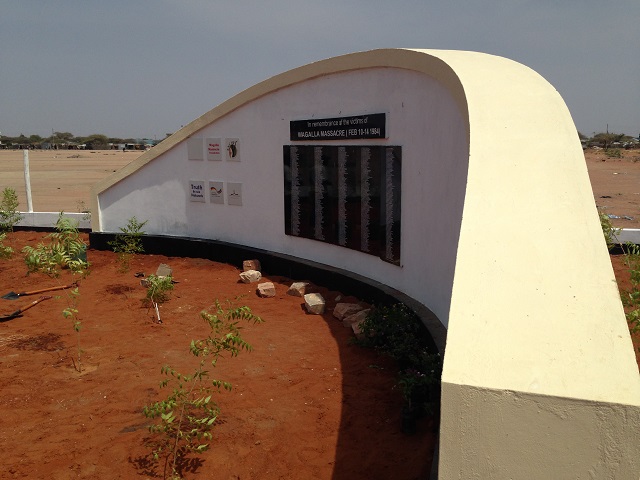
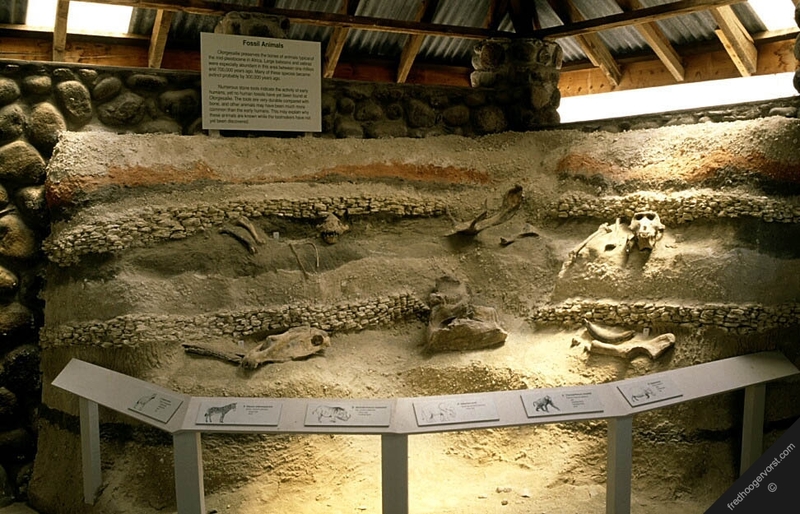
.jpg)

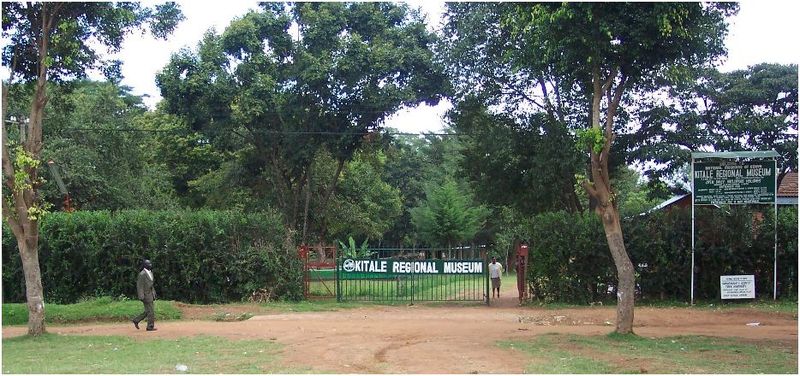
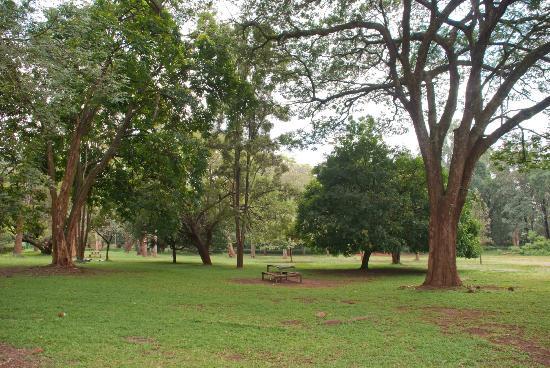
.jpg)

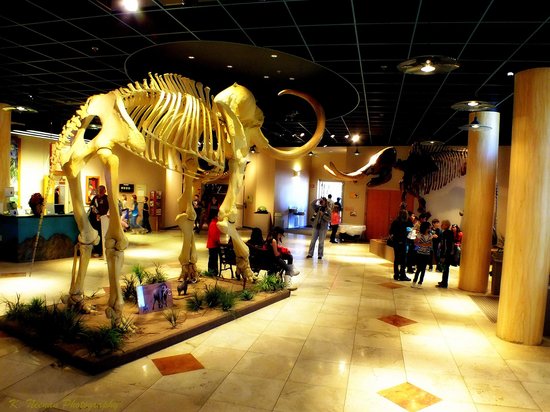
.jpg)
